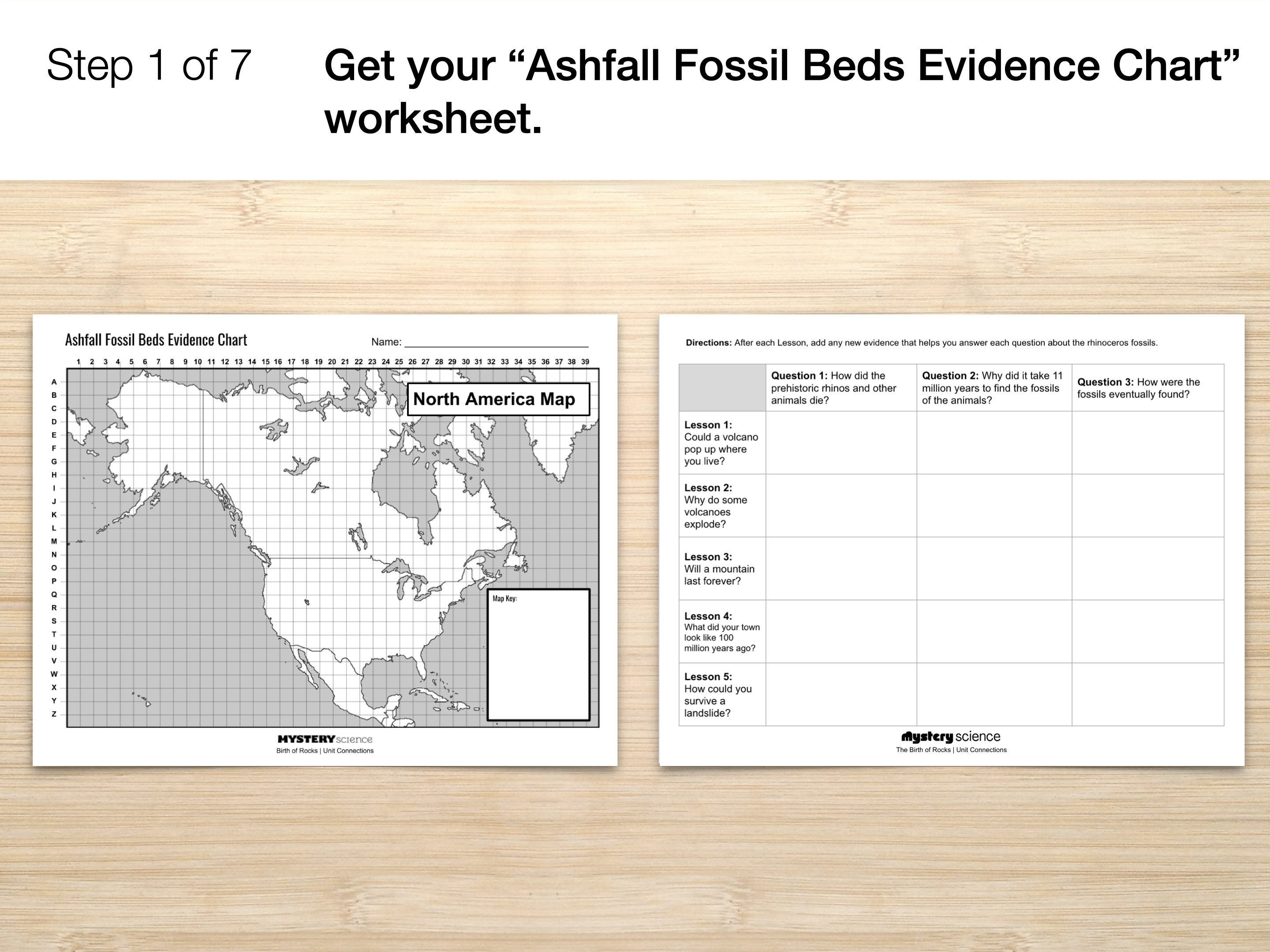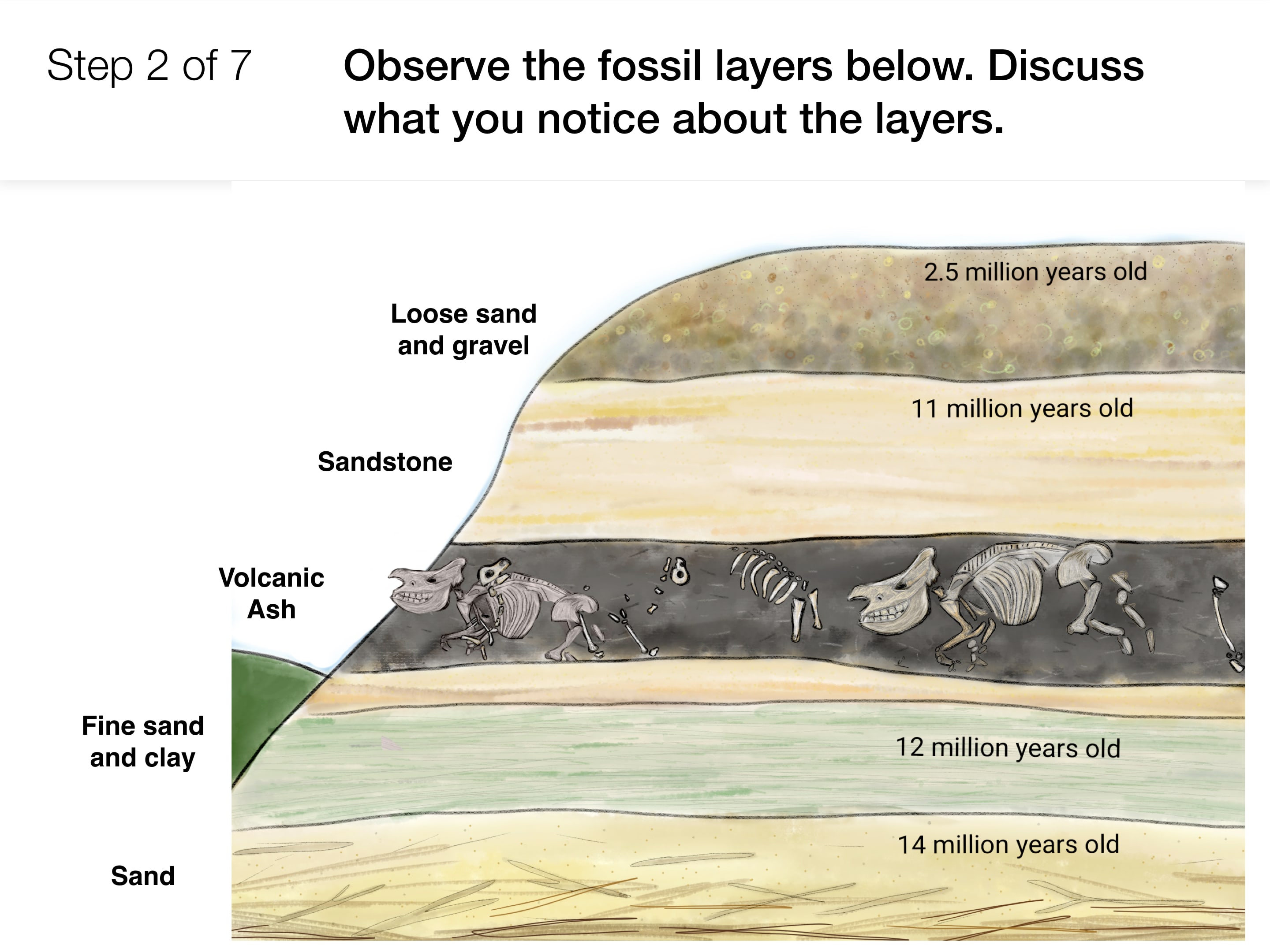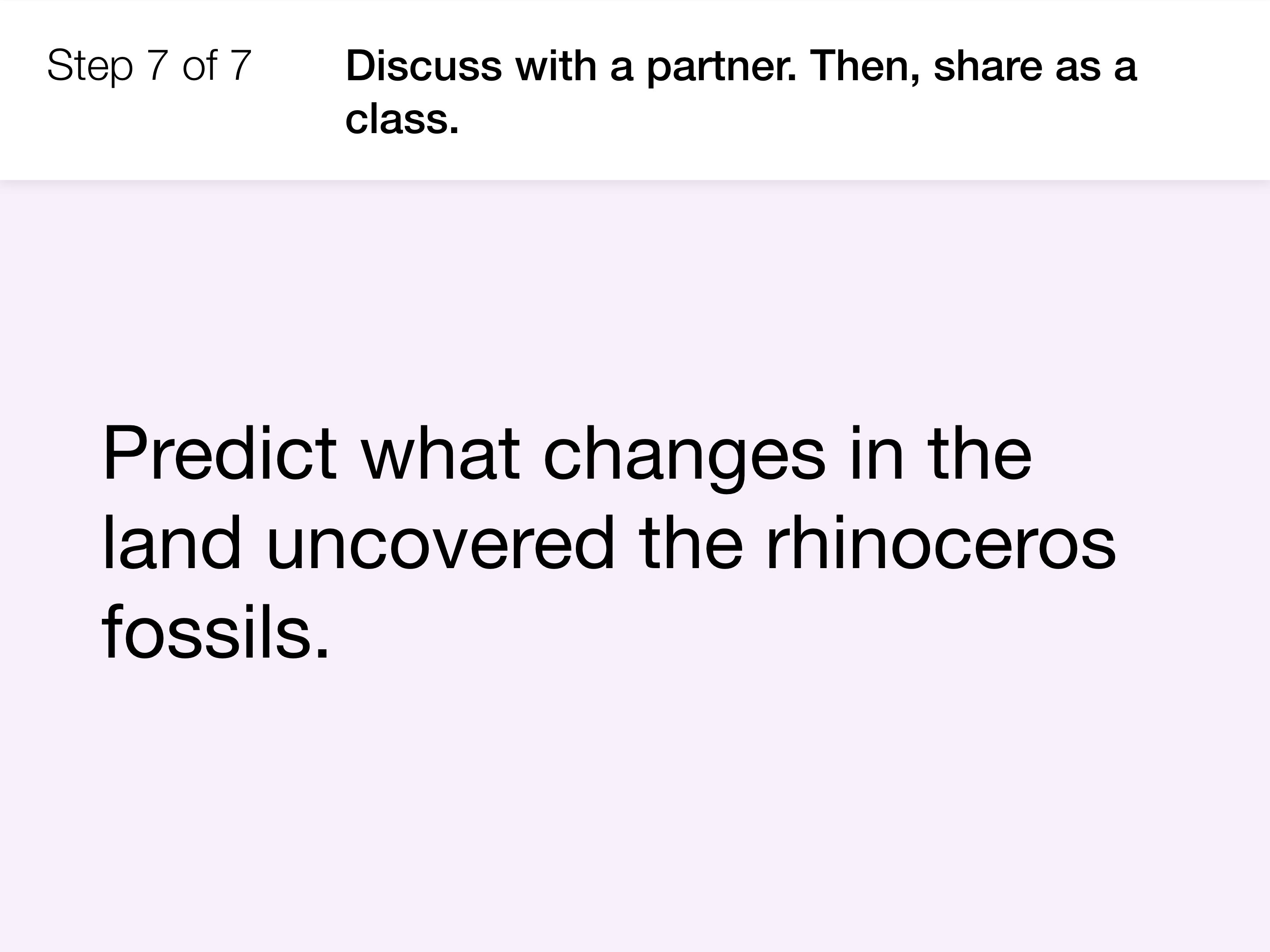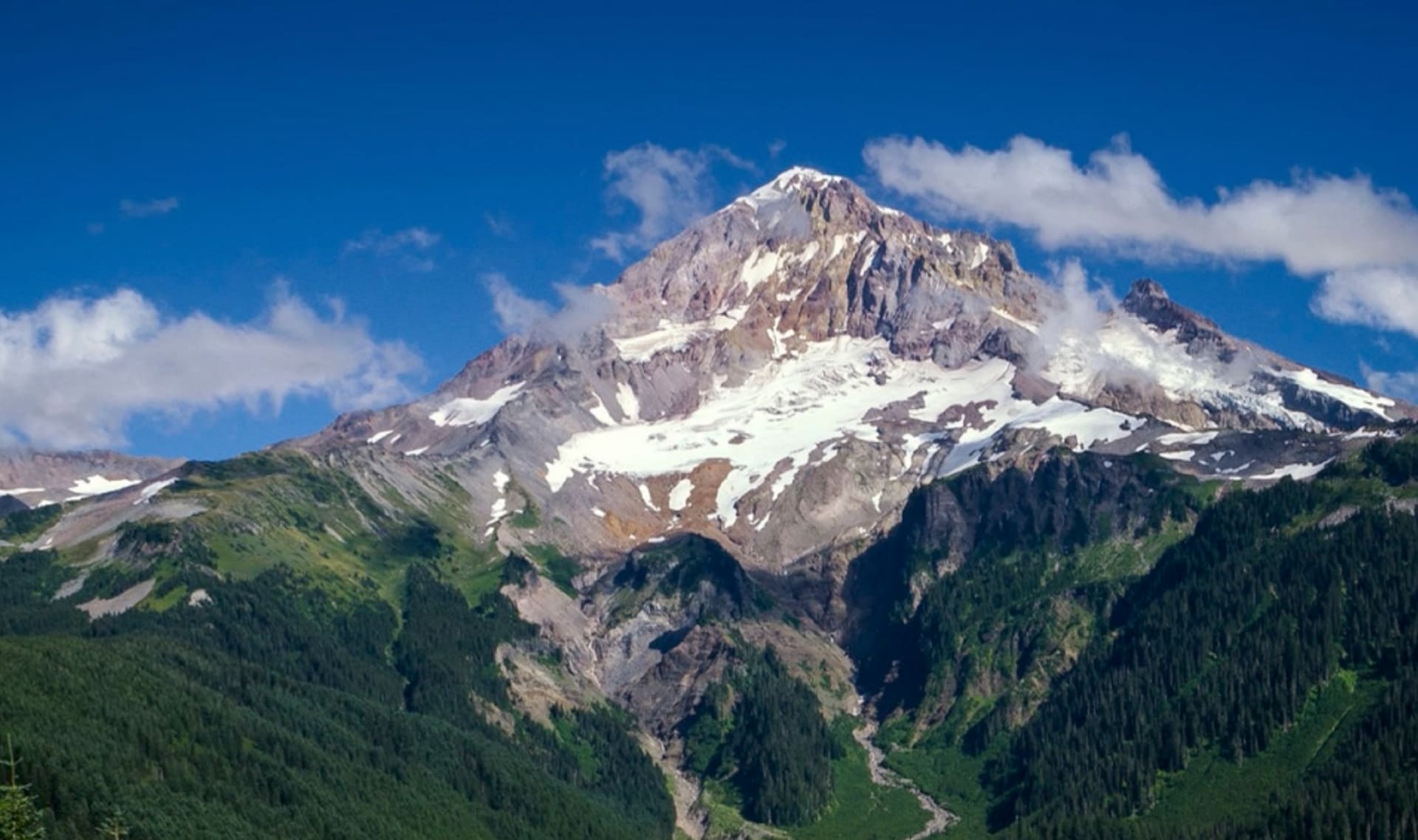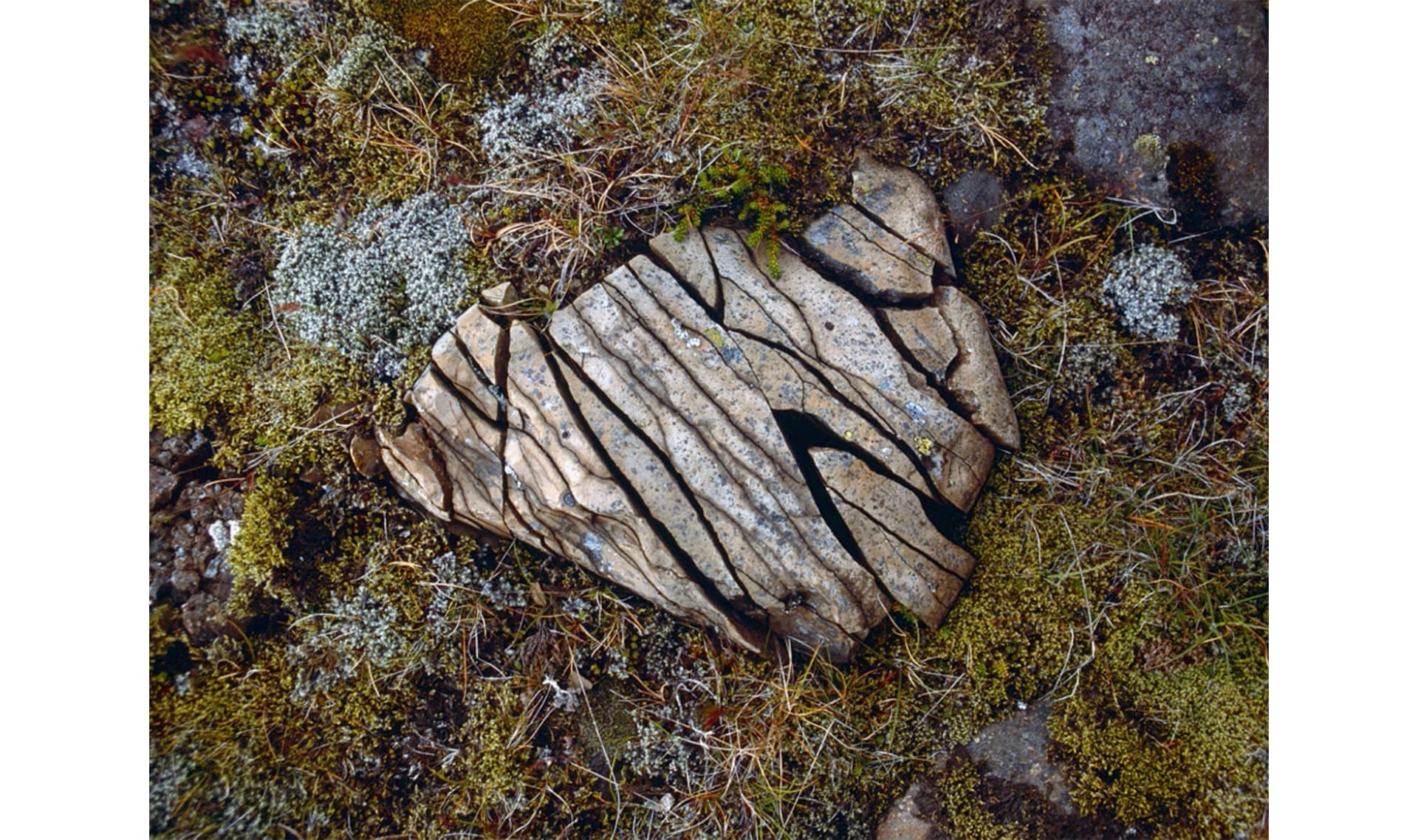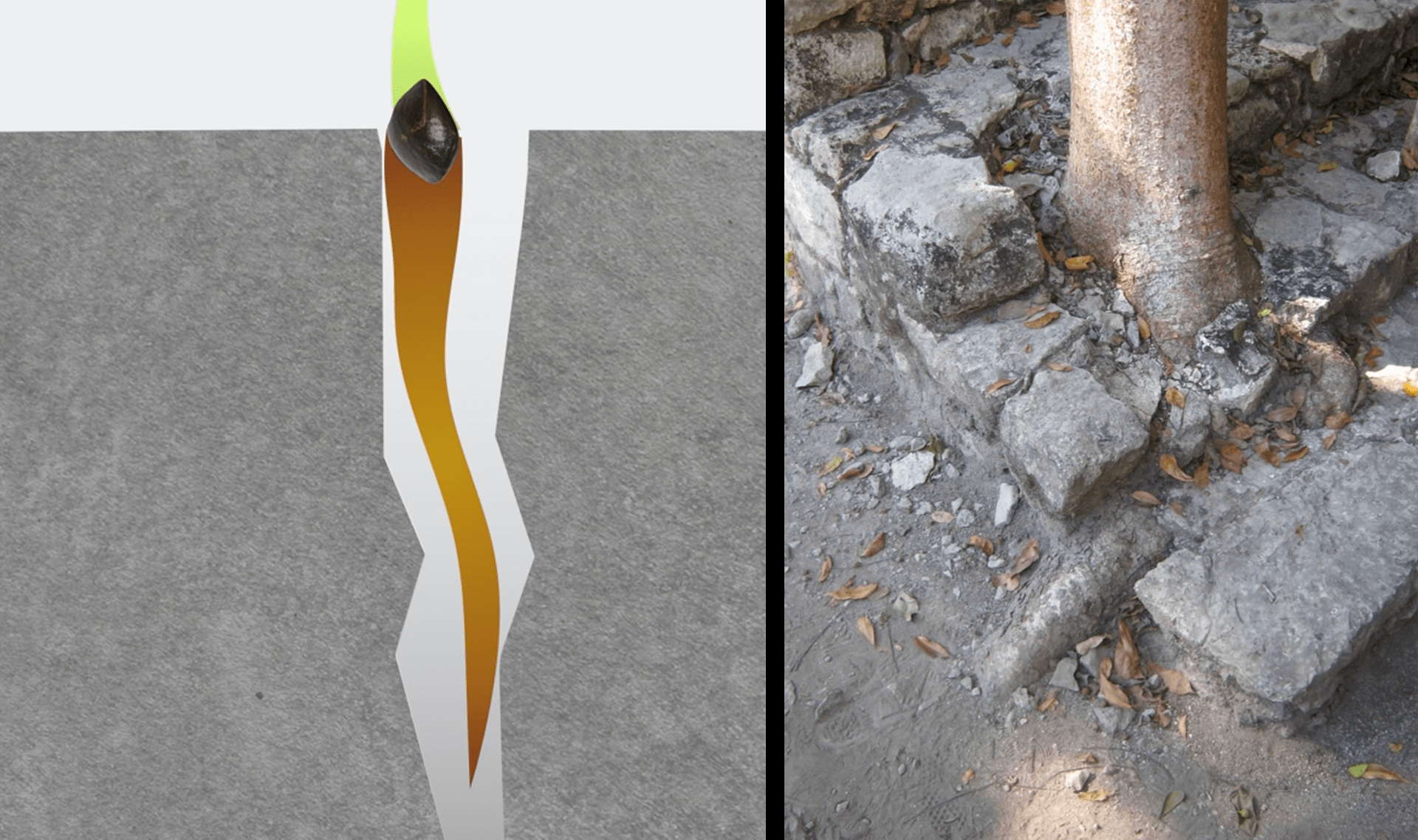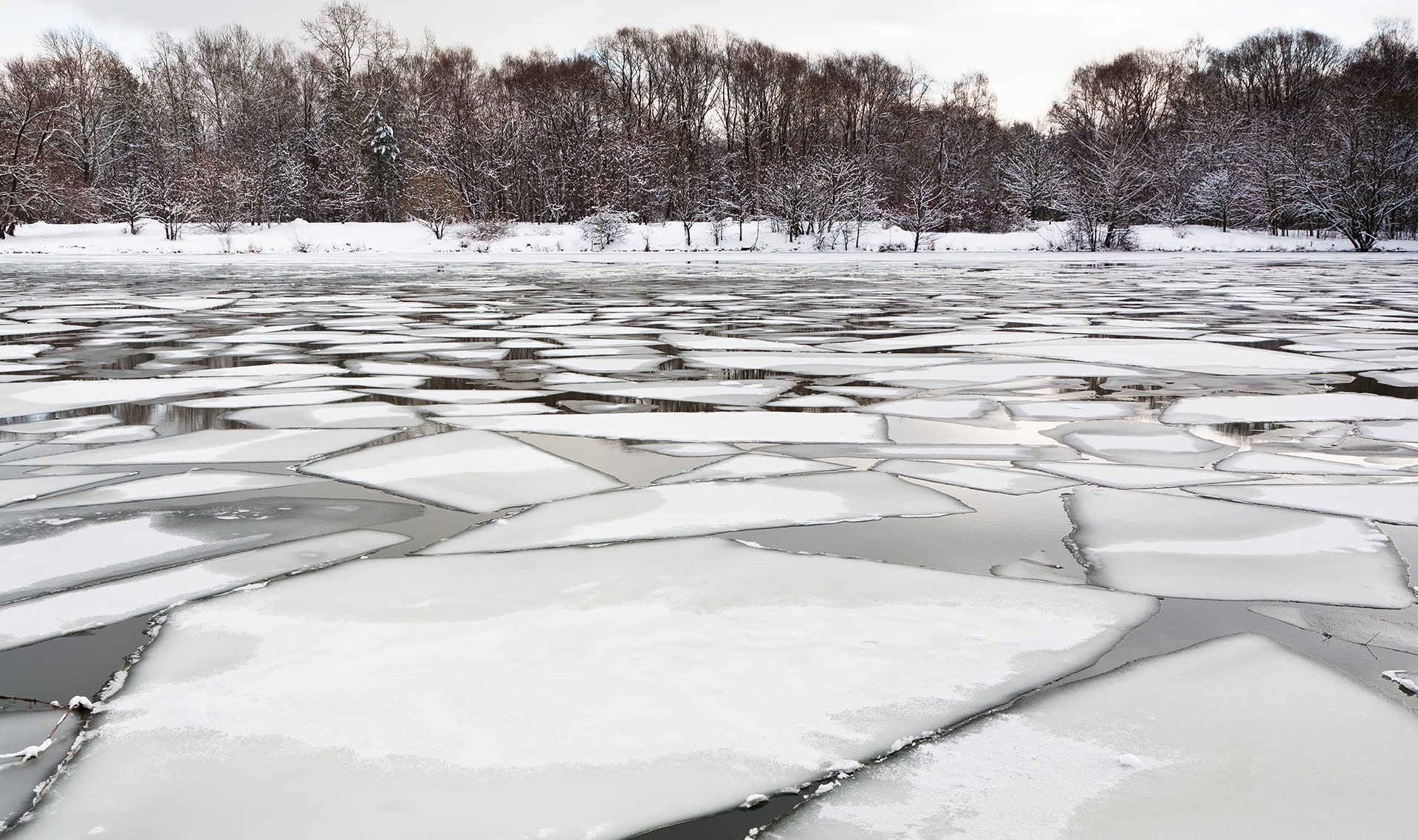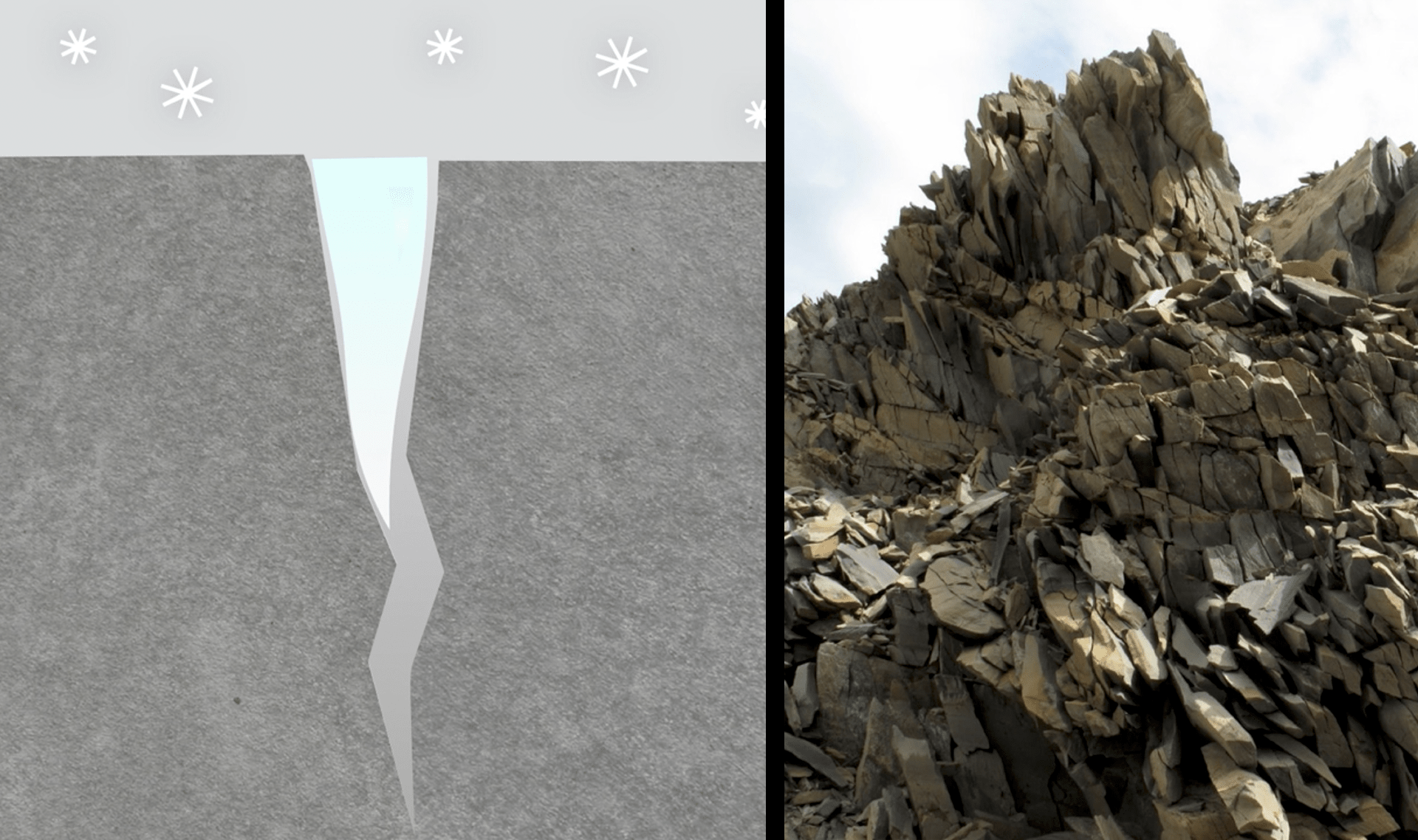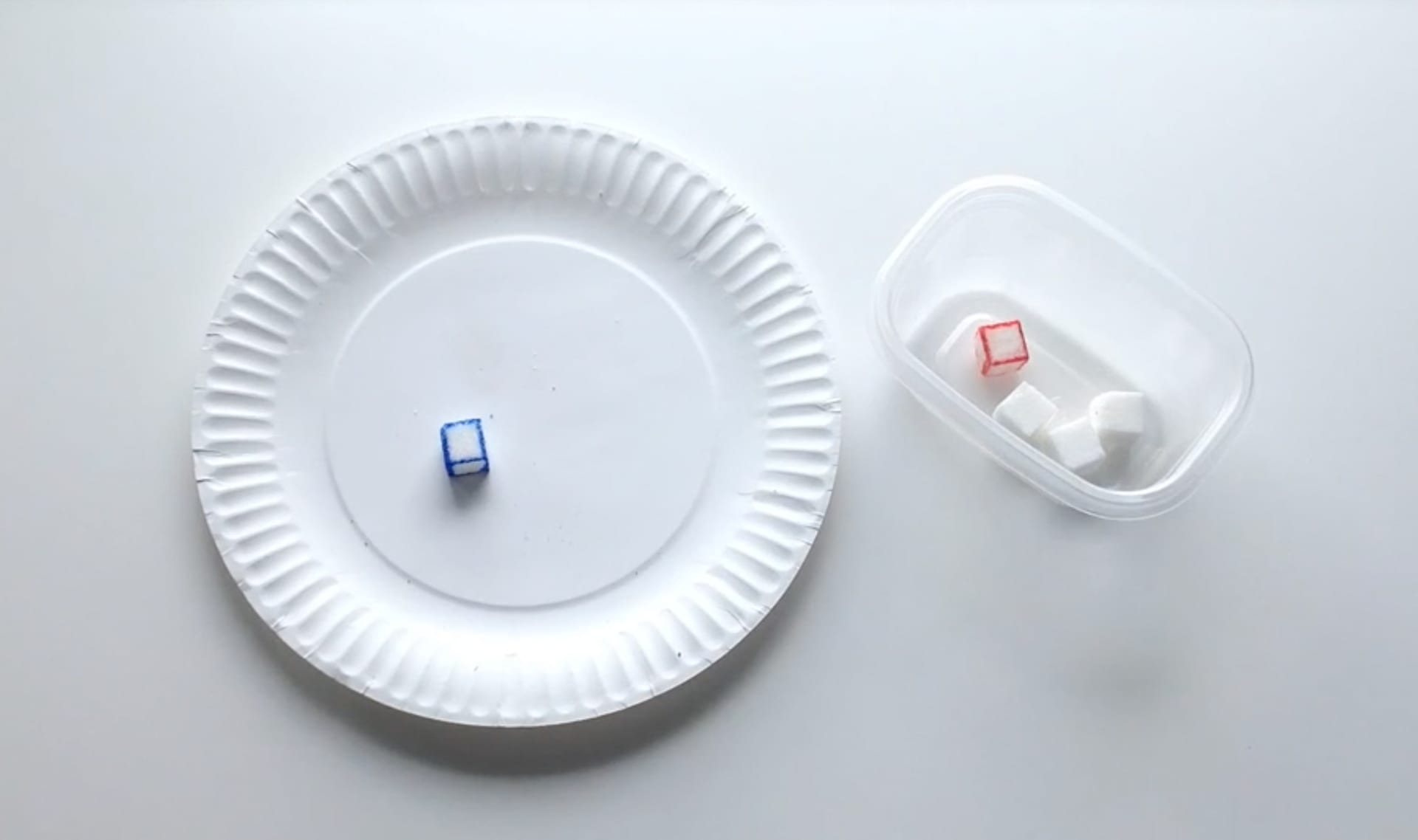Mystery Science respects the intellectual property rights of the owners of visual assets.
We make every effort to use images and videos under appropriate licenses from the owner or by
reaching out to the owner to get explicit permission. If you are the owner of a visual and
believe we are using it without permission, please
contact us—we will reply promptly and make
things right.
Lesson Image
El Capitan by
Octagon
, used under CC BY
Exploration
Everest by
Luca Galuzzi
, used under CC BY-SA
space view by
NASA
Halfdome by
Scott Catron
, used under CC BY-SA
Mt. San Jacinto by
Wattewyl
, used under CC BY
Great Pyramid of Giza by
Wknight94
, used under CC BY-SA
Chichen Itza by
Christine Zenino
, used under CC BY
light brick wall by
Titus Tscharntke
Complejo Danta by
Ronyrocael
, used under CC BY-SA
El Mirador by
Geoff Gallice
, used under CC BY
Copan ruins by
Matthias Hiltner
, used under CC BY
Puna lava flow by
DVIDSHUB
, used under CC BY
Annona Atemoya seeds by
takoradee
, used under CC BY-SA
cement texture by
Titus Tscharntke
El Tigre pyramid by
Dennis Jarvis
, used under CC BY-SA
Temple of Nohoch Mul by
Vin Crosbie
, used under CC BY-ND
pavement by
Simon Law
, used under CC BY-SA
sidewalk & tree roots by
Doug Caldwell
, used under CC BY
cracked brick wall by
debs-eye
, used under CC BY
refrigerator by
Juan de Vojníkov
, used under CC BY-SA
soda can by
Ryan McGilchrist
, used under CC BY-SA
frozen soda can by
William Brawley
, used under CC BY
explosion in freezer by
mrsparks
, used under CC BY-SA
frozen bottle by
baronsquirrel
, used under CC BY
broken rock by
Till Niermann
, used under CC BY-SA
weathered rock by
Natursicilia
, used under CC BY-SA
rock parts by
Lamiot
, used under CC BY
Mount Hood by
Thomas Shahan
, used under CC BY
Mont Saint Honorat by
Zil
, used under CC BY-SA
jagged rocks by
Peretz Partensky
, used under CC BY-SA
Nuna Island by
Kim Hansen
, used under CC BY-SA
Activity
horses by
Ben Salter
, used under CC BY
pencil by
Charm
Other
pebble beach by
Paul Allison
, used under CC BY-SA



